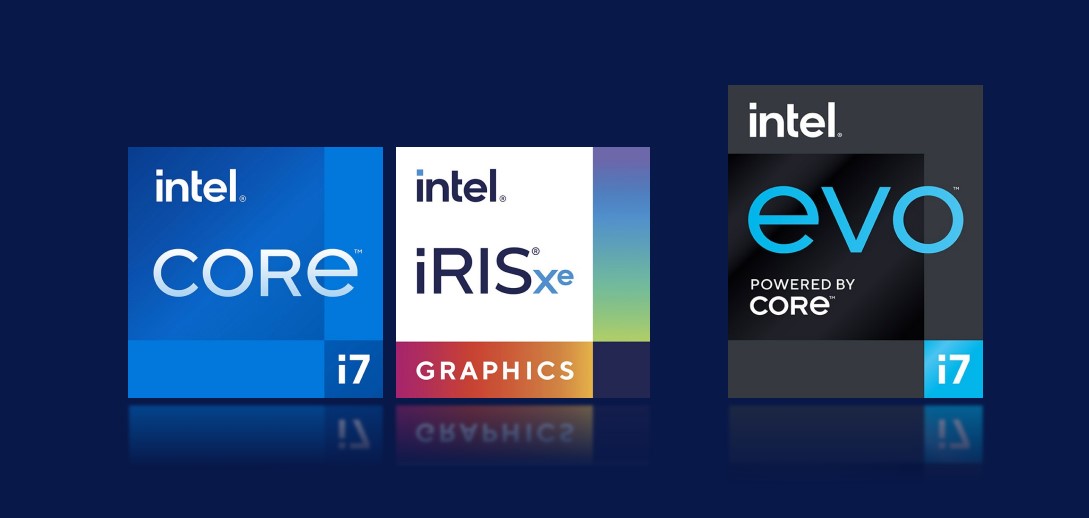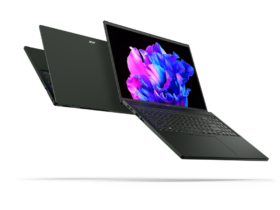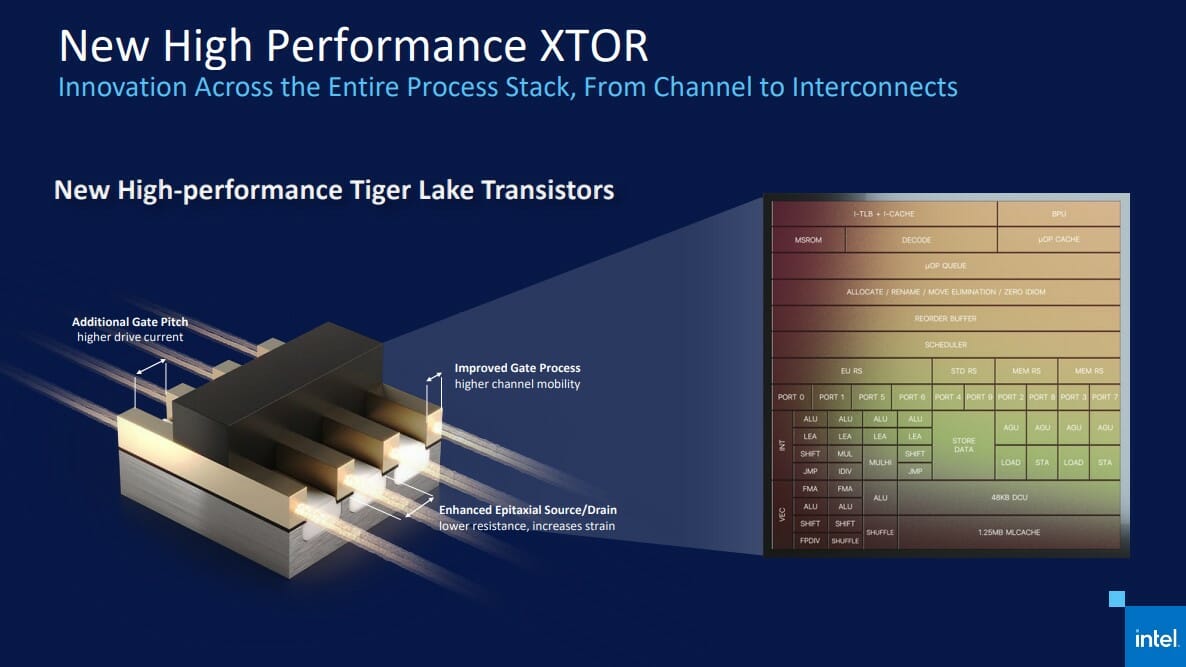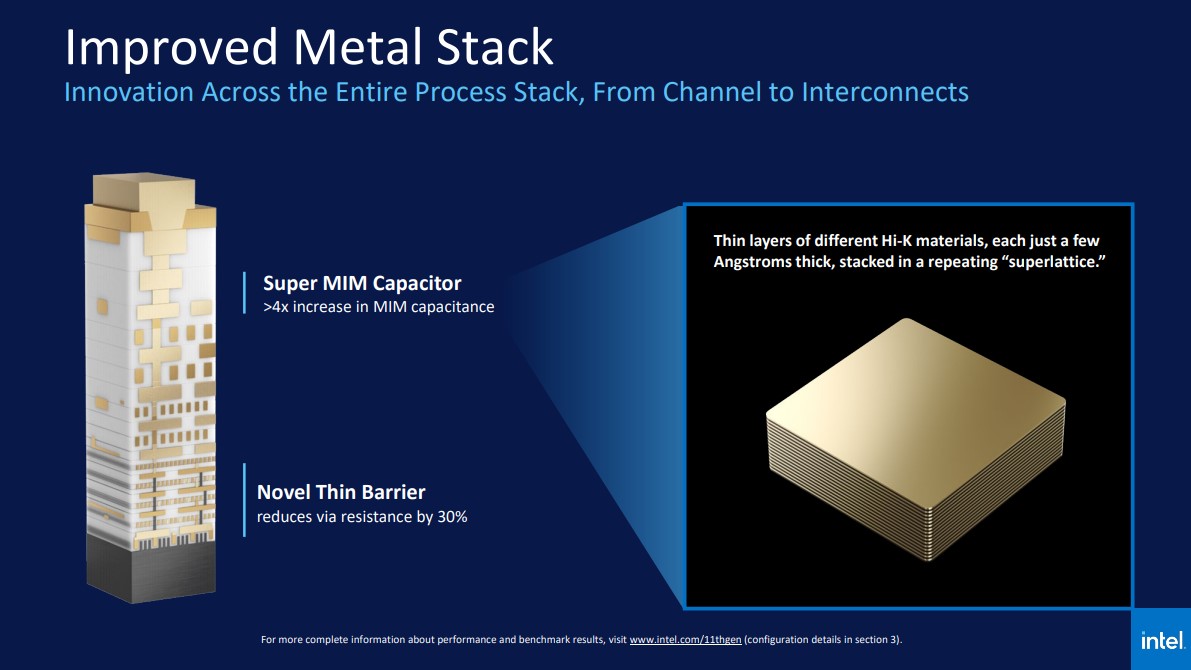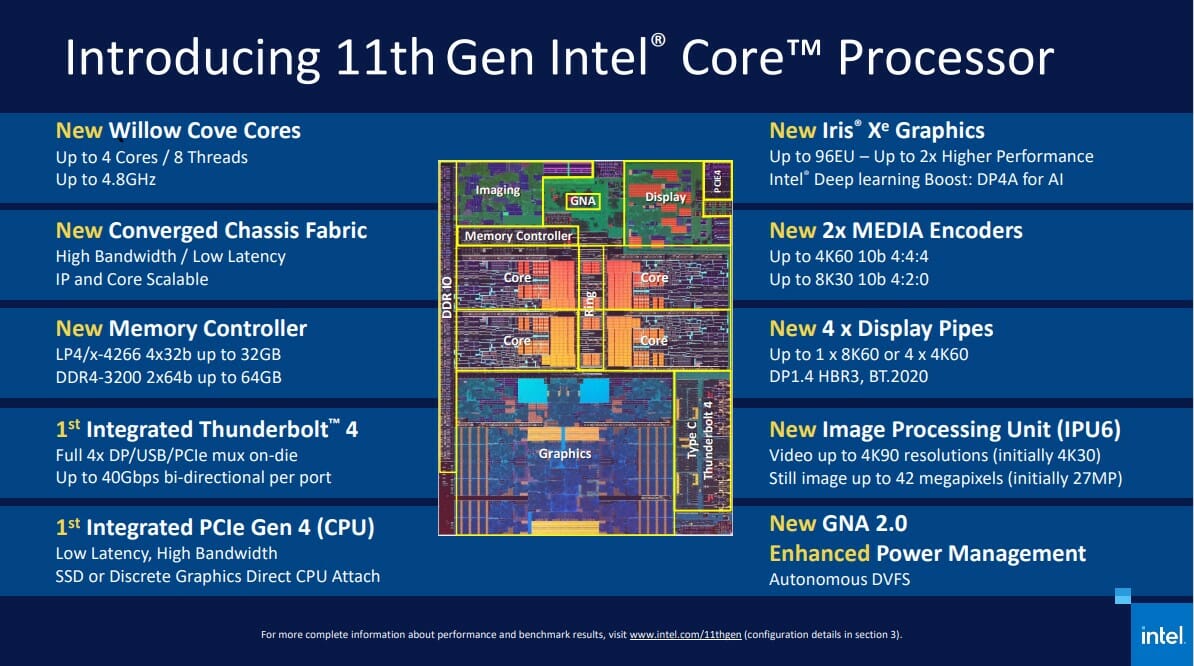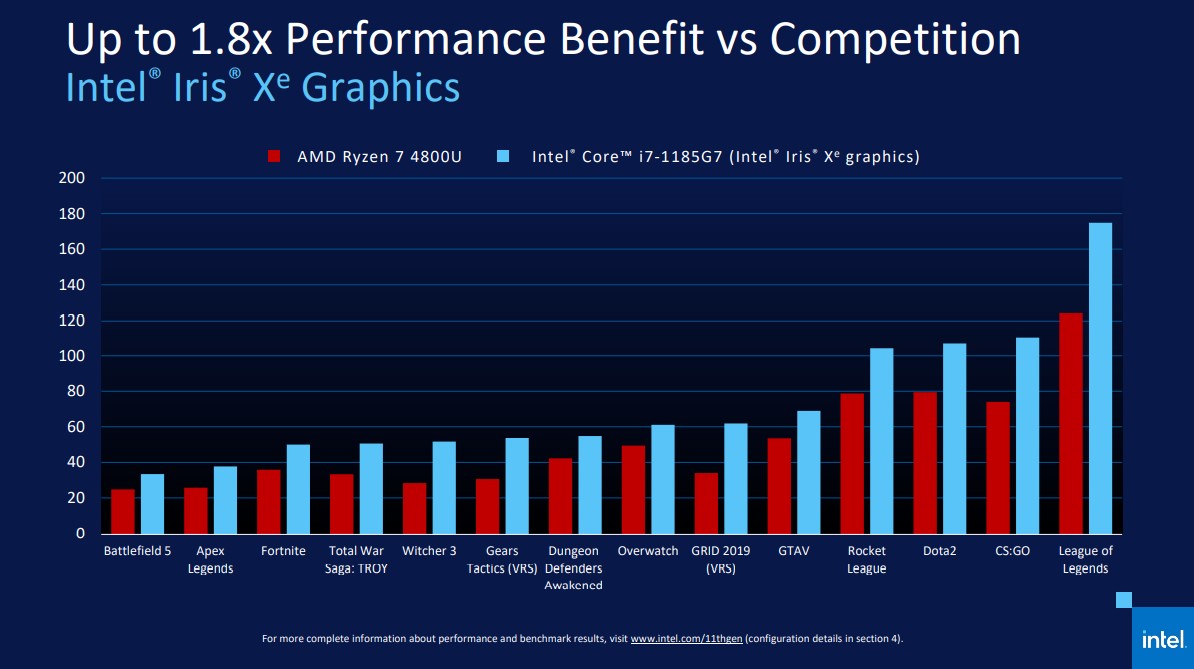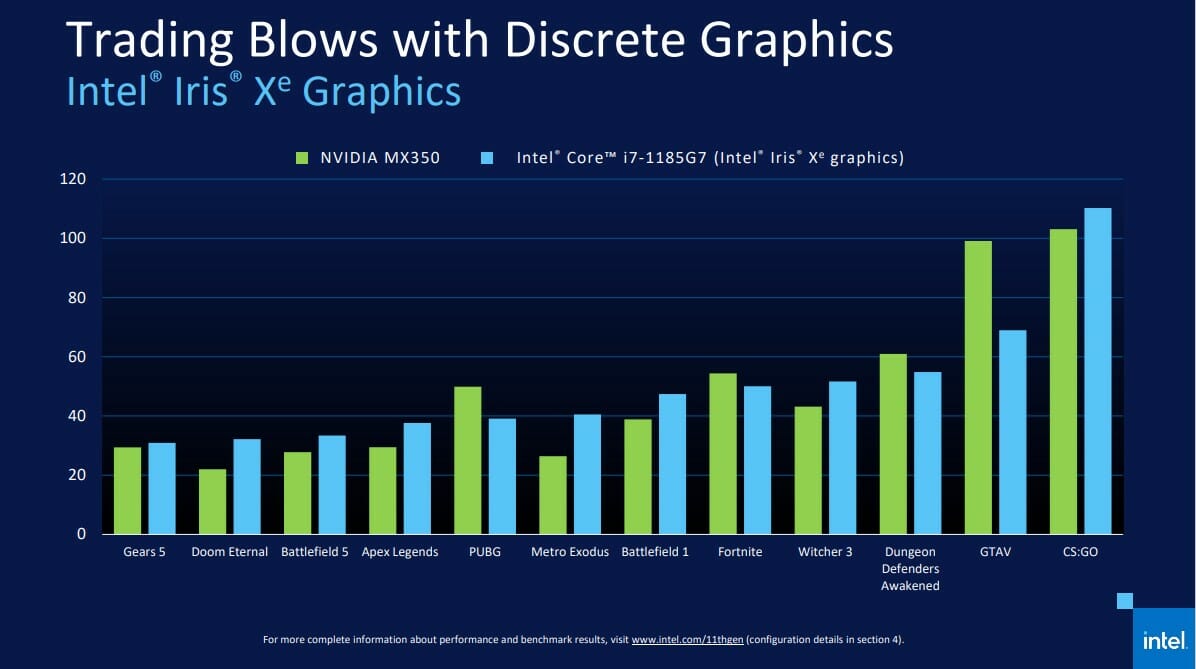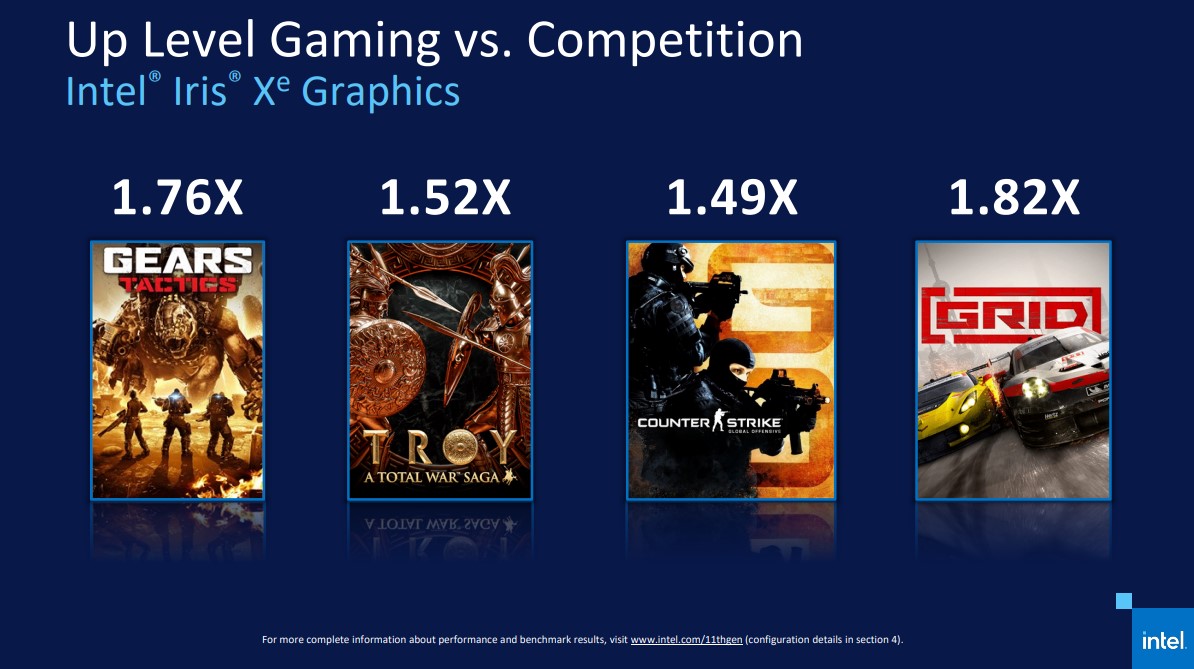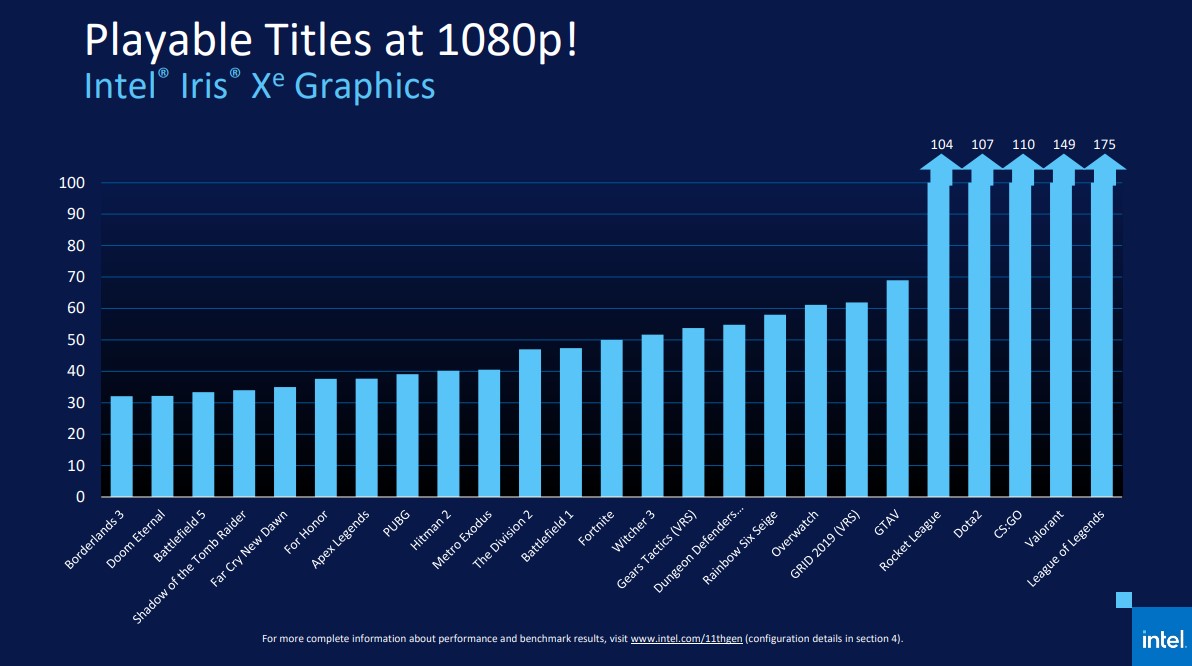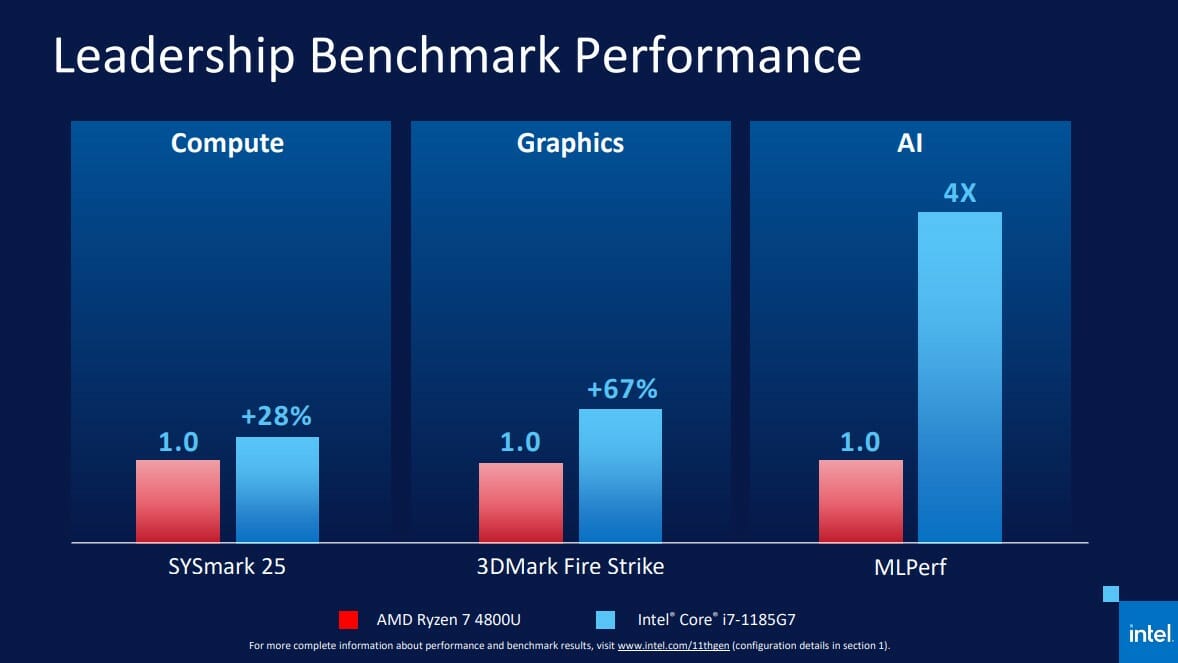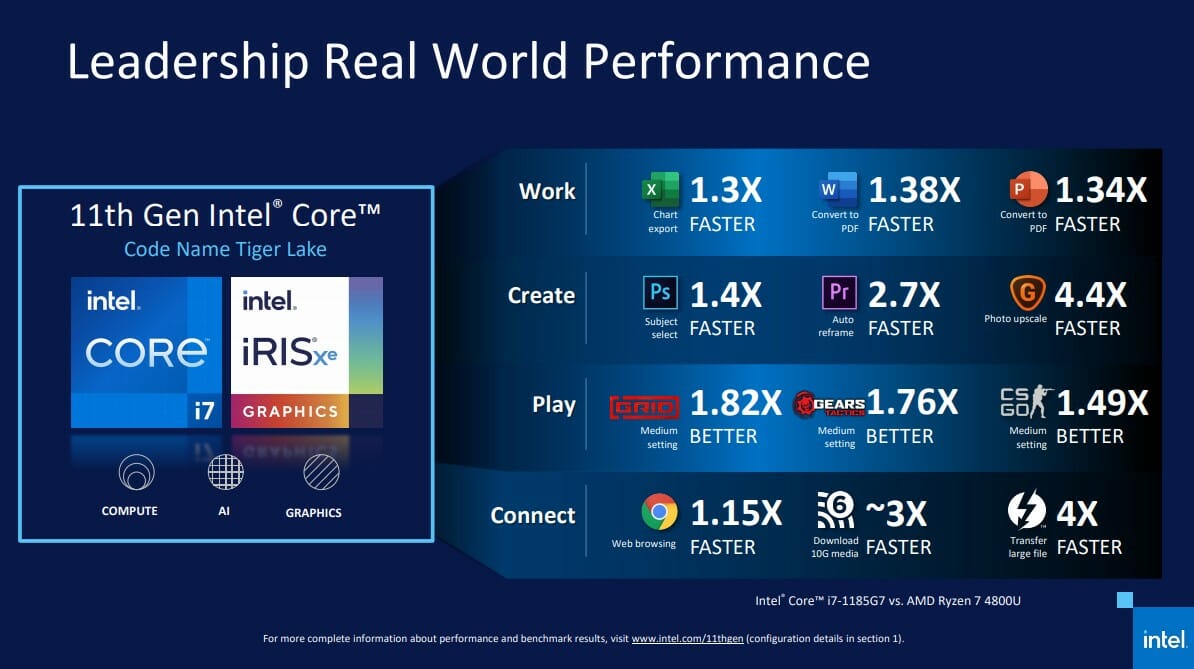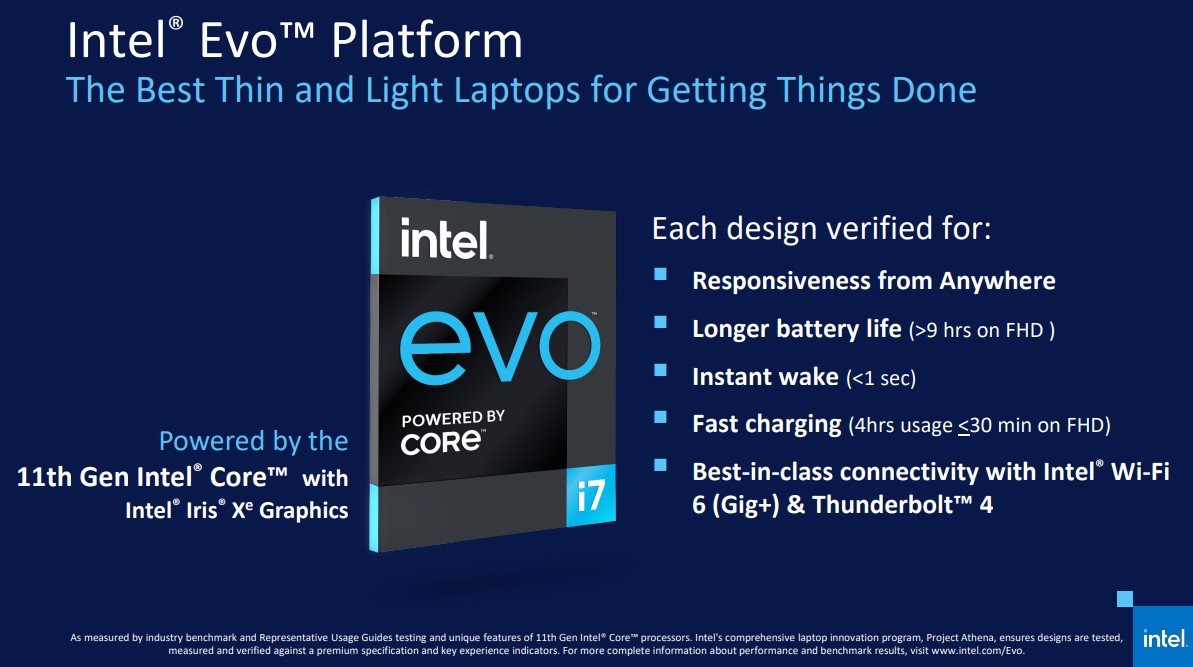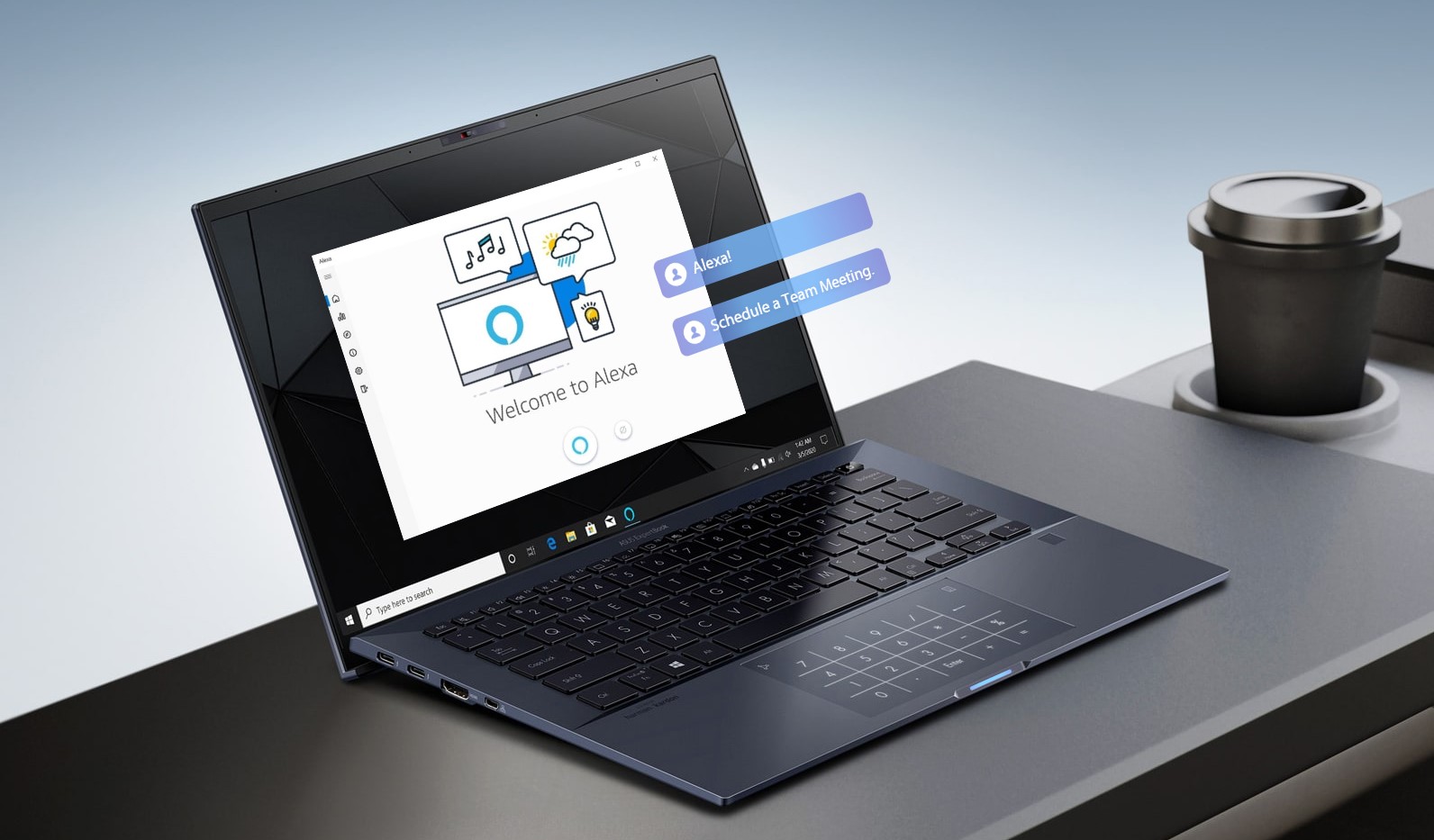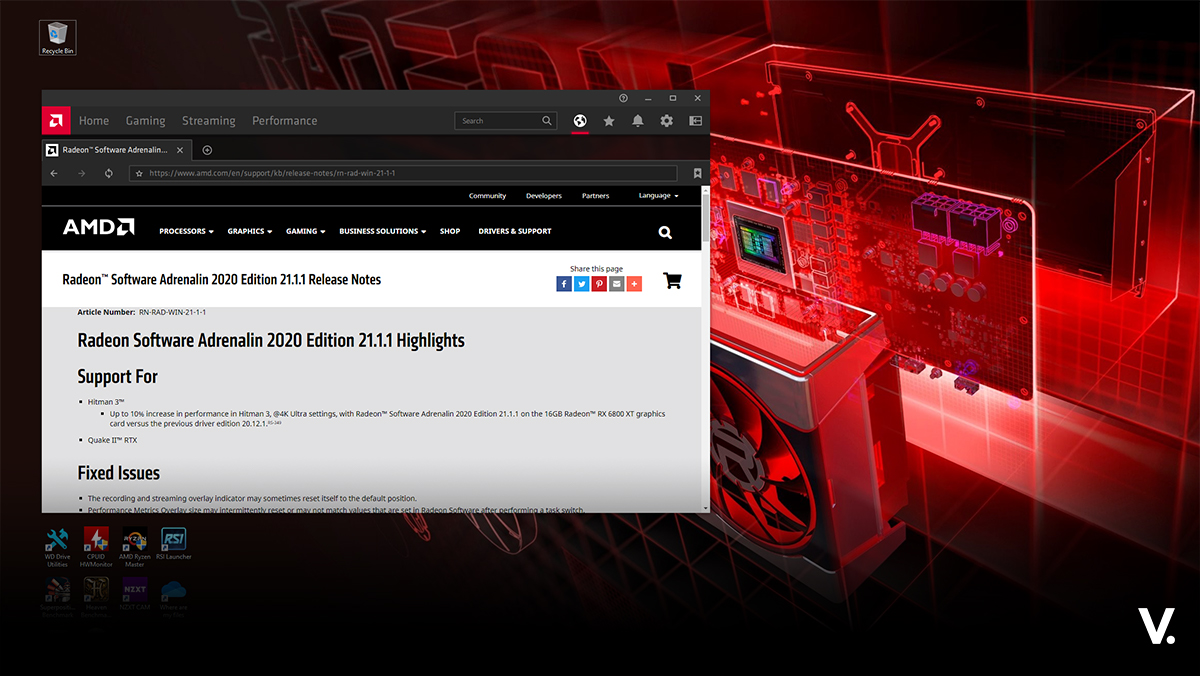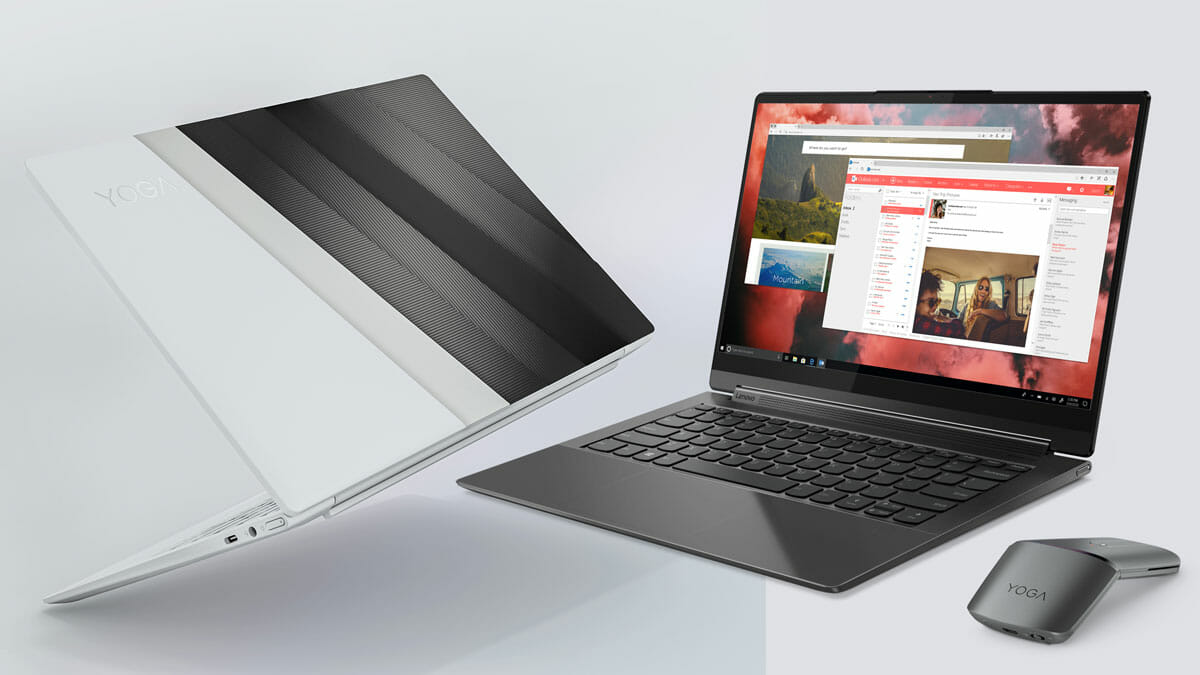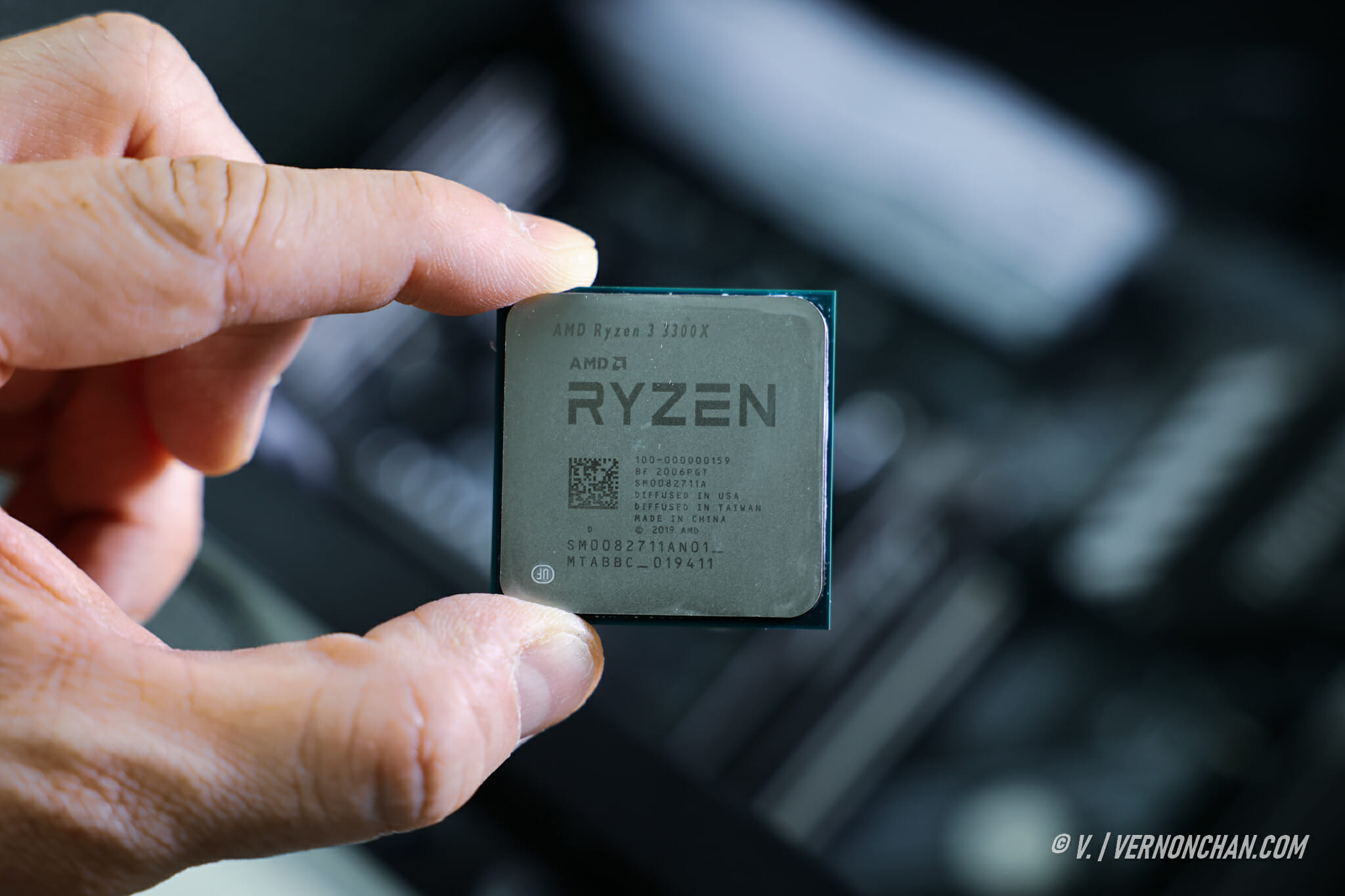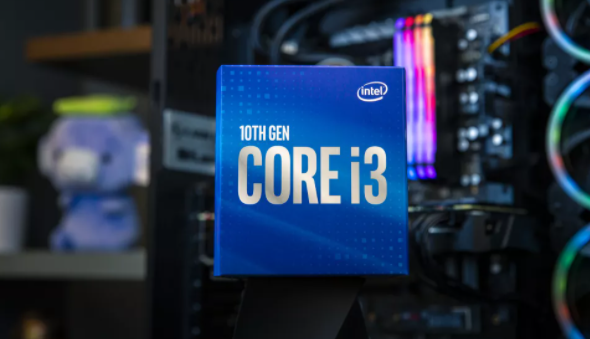Intel has officially unwrapped its latest 11th Gen “Tiger Lake” processors for notebooks, which bring outstanding graphics performance with integrated Intel Iris Xe Graphics, Thunderbolt 4 and PCIe 4.0 support, Wi-Fi 6, improved battery life and capabilities. The company calls its new generation processor “the best processor for thin & light” notebooks.
In a nutshell, the current Tiger Lake chips announced are still four core chips, aimed squarely at the 15W “thin and light” ultrabook market. While still stuck at the 10nm manufacturing process, Intel has re-engineered the process (and its confusing 10+ nomenclature) to enable some features in Tiger Lake. Known now as 10nm SuperFin or 10SF, SuperFin technology includes a new high performance transistor methodology and an improved metal stack which uses novel materials in Intel’s latest FinFET process technology.

I suggest reading Anandtech’s exhaustive post on the Tiger Lake SoC as well as details on SuperFin, Willow Cove and Xe-LP.
Moving on, Tiger Lake uses the new Willow Cove core architecture, a step up after Sunny Cove which was the core of the 10nm 10th Gen Ice Lake processors.
The new core delivers performance benefits especially in the graphics department where the four cores are paired with 96 Execution Units (EUs) of the new Xe-LP graphics architecture running at a 1350Hz base frequency. This is compared to 64 EUs on previous generation Ice Lake chips.
Tiger Lake includes on-silicon support for Thunderbolt 4, USB 4, PCIe 4.0 LPDDR5, Wi-Fi 6, and AI-enabled features like neural noise cancellation, image upscaling, background blur in video conferencing through innovations like Intel Gaussian & Neural Accelerator (Intel GNA 2.0). Memory support is listed as LPDDR4X-4266 and DDR4-3200.
| Model | Cores/ Threads | Graphics | Graphics (EUs) | Watts | Base Frequency (GHz) | Single Core Turbo (GHz) | All Core Turbo (GHz) | Cache |
| Core i7-1185G7 | 4C/8T | Intel Iris Xe | 96 | 12-28W | 3.0 | 4.8 | 4.3 | 12MB |
| Core i7-1165G7 | 4C/8T | Intel Iris Xe | 96 | 12-28W | 2.8 | 4.7 | 4.1 | 12MB |
| Core i5-1135G7 | 4C/8T | Intel Iris Xe | 80 | 12-28W | 2.4 | 4.2 | 3.8 | 8MB |
| Core i3-1125G4 | 4C/8T | Intel UHD Graphics | 48 | 12-28W | 2.0 | 3.7 | 3.3 | 8MB |
| Core i3-1115G4 | 2C/4T | Intel UHD Graphics | 48 | 12-28W | 3.0 | 4.1 | 4.1 | 8MB |
| Core i7-1160G7 | 4C/8T | Intel Iris Xe | 96 | 7-15W | 1.2 | 4.4 | 3.6 | 12MB |
| Core i5-1130G7 | 4C/8T | Intel Iris Xe | 80 | 7-15W | 1.1 | 4.0 | 3.4 | 8MB |
| Core i3-1120G4 | 4C/8T | Intel UHD Graphics | 48 | 7-15W | 1.1 | 3.5 | 3.0 | 8MB |
| Core i3-1110G4 | 2C/4T | Intel UHD Graphics | 48 | 7-15W | 1.8 | 3.9 | 3.9 | 6MB |
Altogether, there will be nine SKUs offered under the 11th Gen banner covering Intel’s U-series (now referred to as UP3) and Y-series chips (referred to as UP4). The line-up is led by the Core i7-1185G7, which offers four cores with eight threads, with a base frequency of 3.0GHz and all-core boost of up to 4.3GHz. The chip also has a single core turbo boost mode of up to 4.8GHz and is packed with 12MB cache. Its power draw is rated at 12-28W.
The UP4 class with a TDP range of 7-15W are targeted at fanless, ultra-thin form factors.
The letters “G7” in the chip’s name denotes the most powerful Intel Iris Xe integrated graphics, packing 96 EUs which can deliver more than 2x performance over Ice Lake Gen11 graphics at the same voltage.
Intel showed a couple of demos during its Tiger Lake announcement, showcasing the new integrated Xe graphics capabilities in action. The 11th Gen chip outperformed a 10th Gen chip with a discrete NVIDIA MX350 GPU as well as an AMD Ryzen-based notebook in select games. Tiger Lake makes 60fps 1080p gaming possible on thin and light notebooks without discrete graphics.
Here are some games that will be more than playable on 1080p:
The chip maker compares a lot to AMD hardware in its benchmarks, specifically the Ryzen 4000 Series mobile processors. It’s been years since AMD had anything compelling in the mobile space, a segment Intel has been dominant. It’s the first time in many years that we also see AMD as a viable OEM alternative in terms of mobile computing.
When comparing the Intel Core i7-1165G7 to the AMD Ryzen 4800U, Intel states these performance numbers in synthetic benchmarks while it professes to “performance using real world benchmarks”:
- +28% Compute (SYSmark 25)
- +67% Graphics (3DMark Fire Strike)
- +300% AI (MLPerf)
All that said, Tiger Lake does pack a whole plethora of enhancements and new innovation. From this chart alone (below), you’ll see that the platform offers more than just raw speed gains and power efficiency.
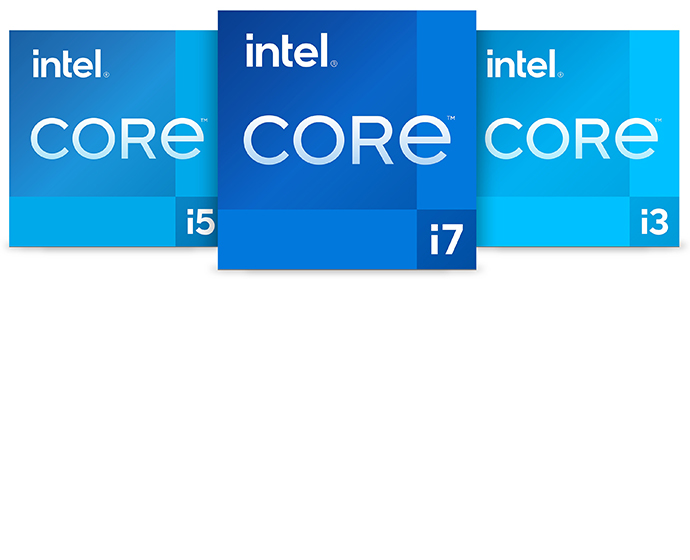
New Intel branding
Alongside the new chip platform, Intel also debuts new corporate branding as well as product branding across the board. This is only the third time the company has fundamentally changed its logo.
Intel Evo
That aside, Intel’s Project Athena programme is now Intel Evo, with set of even stringent specifications for ultraportable notebooks. The new Intel Evo programme, powered by the 11th Gen Intel Core with Intel Iris Xe Graphics, ensures a great user experience on certified devices. This includes system responsiveness, longer battery life (more than nine hours on FHD resolution), instant wake, fast charging (four hours battery life with 30 minutes charge time), and best-in-class connectivity led by Intel Wi-Fi 6 and Thunderbolt 4.
Expect to see more than 20 Intel Evo-certified hardware coming into the market later this year.
Over the coming weeks, you can expect to see over 150 designs powered by 11th Gen Intel Core processors by OEM partners such as Acer, ASUS, Dell, HP, Lenovo, LG, MSI, Razer, and Samsung.
Samsung has already launched its Galaxy Book Flex 5G, flanked by Acer’s refreshed Swift 5 and Swift 3, as well as ASUS’ new ZenBooks.
For more information about 11th Gen Intel Core processors, visit Intel.
Latest news
- Sony’s New WH-1000XM6: Taking Noise Cancellation to Ridiculous New Heights
- AirAsia Power Bank Policy 2025: New In-Flight Restrictions You Need to Know
- Trump Tariffs: Impact on Tech and Your Wallet in 2025
- Canon EOS R50 V: Why Content Creators Will Love This New Camera
- How to Check Unclaimed Money in Malaysia with eGUMIS (2025 Guide)
Subscribe to Vernonchan.com: Never miss a story, read stories on Feedly and Medium
Disclosure: Keep in mind that VERNONCHAN.COM may receive commissions when you click our links and make purchases. Clicking on these links cost you nothing and it helps to cover some of the costs for the upkeep of the site. While we may receive commissions, this does not impact our reviews, views and opinions which remain independent, fair, and balanced. Thank you for your support.


